National Park Week 2016: Top 5 stunning views of natural beauty dating back millions of years
From April 16 – 24, the stunning scenery and dramatic landscape of North America's 407 national parks is celebrated. However, there is a stark warning that these areas of natural beauty are in danger. A report by the National Park Service has also looked at how several parks would be threatened by 1m (3ft) of sea level rise. Centennial Find Your Park Ambassador and all-round science guy Bill Nye has warned that Glacier National Park is, "rapidly becoming Muddy Hillside National Park."
He added: "Ultimately, it is what national parks can remind its visitors of that makes them so important. Not only their beauty, or what movies were filmed there, but they also remind us of something bigger. National parks remind us of preserving these wild spaces, these historic spaces, so that we can all know and appreciate our place in the ecosystem, our place in nature— and that is priceless."
With sea levels set to rise by several inches to several feet by 2100, historic structures and coastal heritage sites around the world are under threat, according to scientists. Conservationists met at a conference on 11 April in Newport, Rhode Island to discuss the problem and how to adapt to rising seas and preserve historic structures. Adam Markham of the Union of Concerned Scientists, a speaker at the conference, said: "We're actually not going to be able to save everything."
1. Capitol Reef is one of the lesser-known parks, and the rocks here range in age from Permian (as old as 270 million years old) to Cretaceous (80 million years old). The Waterpocket Fold has tilted this geologic layer cake down to the east. The older rocks are found in the western part of the park, and the younger rocks are found near the east boundary. The multi-layered sequence of sedimentary rock records nearly 200 million years of geological history.
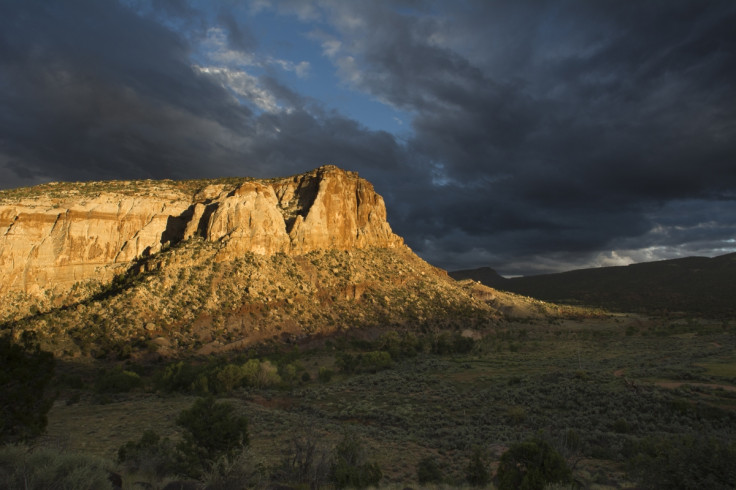
2. Established in 1872, Yellowstone National Park is North America's first national park. The park was dedicated by President U.S. Grant. There are more than 300 geysers, of which the most famous, Old Faithful erupts every 91 minutes.
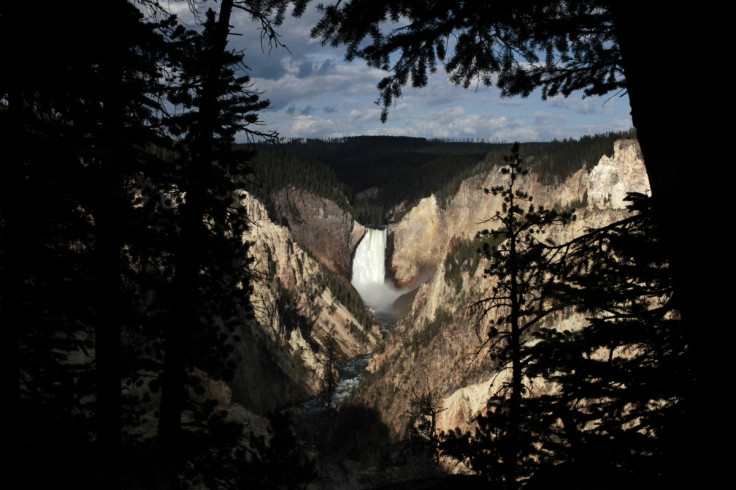
3.Petrified Forest. This Arizona park is 225 million years old, dating back to the Late Triassic period, when dinosaurs roamed the earth. The landscape is littered with fossils and there are also intriguing ancient human relics as well, with prehistoric symbols carved into the rock - so far undeciphered by scientists.
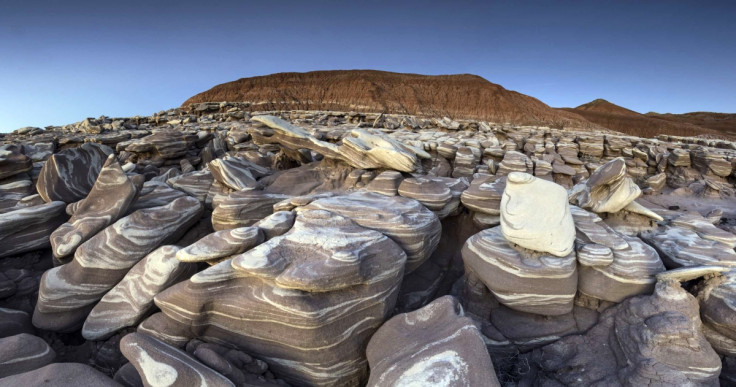
4.Channel Islands. Close to the California mainland, the park encompasses five of the eight California Channel Islands (Anacapa, Santa Cruz, Santa Rosa, San Miguel, and Santa Barbara).
The park covers nearly 2,500 miles of the North American coast and is home to over 2,000 plant and animal species, of which 145 are not found anywhere else in the world.
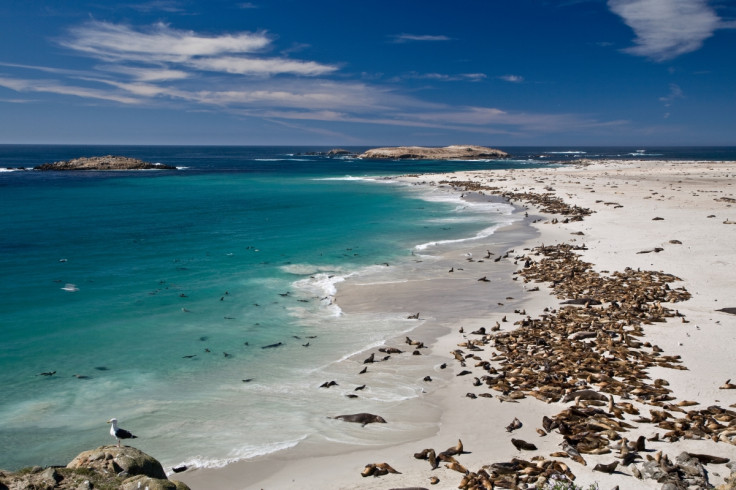
5. Glacier National Park. Renowned for its forests, alpine meadows, rugged mountains, spectacular lakes and over 700 miles of hiking trails. It featured in the opening scene of Stanley Kubrick's The Shining and also in Tom Hanks' film Forrest Gump.
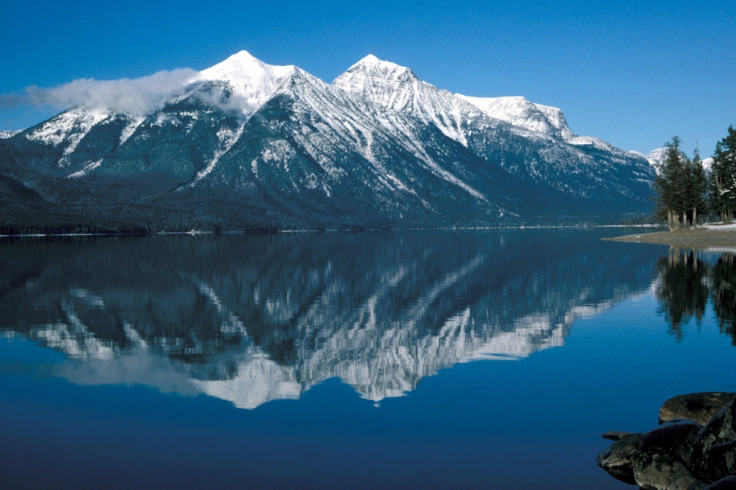
© Copyright IBTimes 2025. All rights reserved.




















